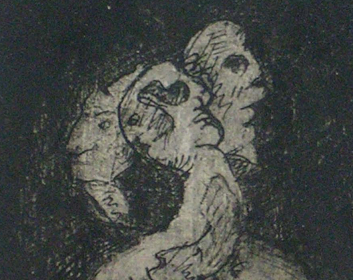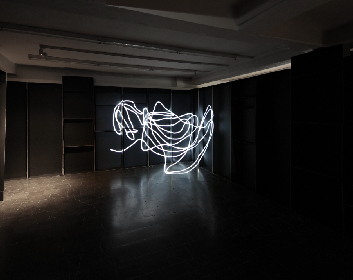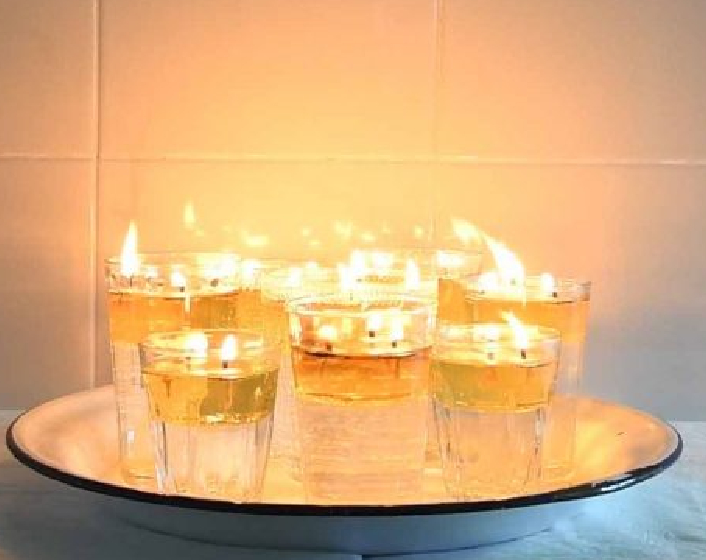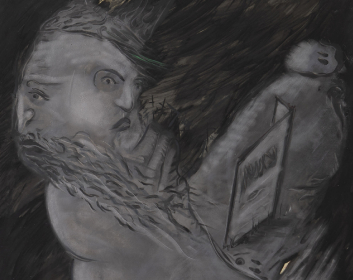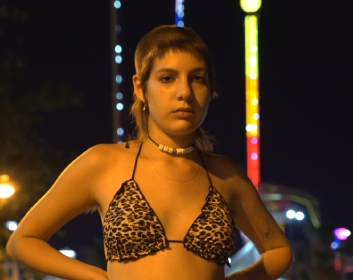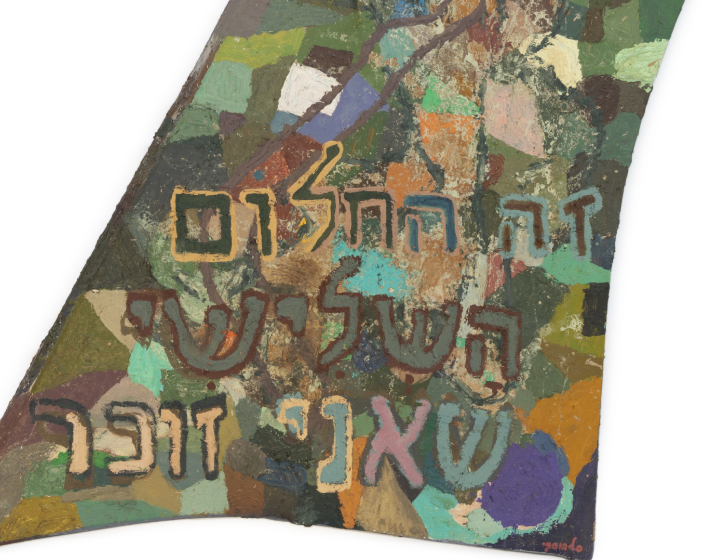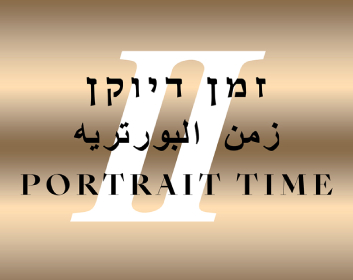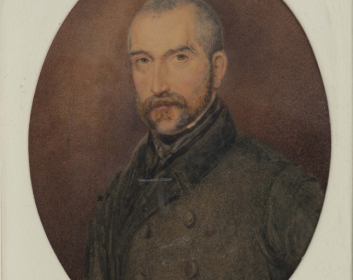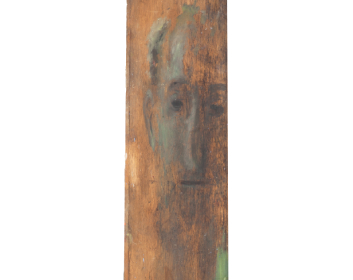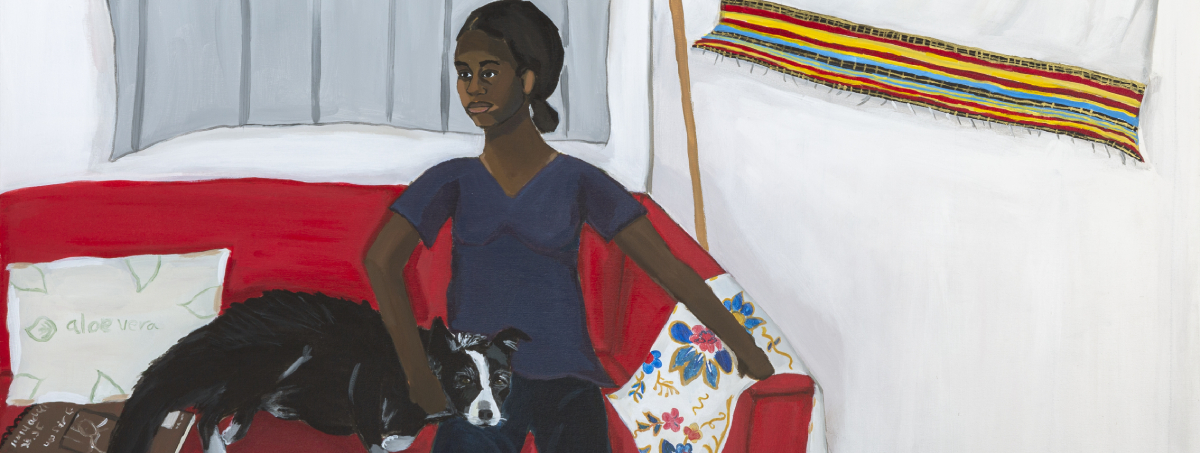-
Osias Hofstätter
Osias Hofstätter (1905–1994) was born in Poland. Between the two world wars, his life veered back and forth between many countries – Poland, Germany, Austria, France, and Switzerland. After World War II, he returned to Poland, and lived with his wife Anna in Warsaw. In 1957 they emigrated to Israel. For twelve years he worked for a living as a night watchman at the Geophysical Institute of Israel in Holon, sleeping during the day and working at night, haunted by memories. Art, for him,
read more >> -
Penny Hes Yassour
Text by Sigal Barnir Penny Hes Yassour leads us through a dark maze, a bat cave, a dimly lit laboratory dotted with flying patches of light and neuron sensors that transmit “sound rays.” All these become a musical score of movement and sound – an autonomous, new, audio-visual language. Parts of the installation are objects that have lost their purpose and have become background figures in a Sorrow theatre play. The films projected on them are products of imagination, conjured
read more >> -
Dganit Ben Admon
Text by Aya LurieIn memory of the late Mas’uda Maman The space created by Dganit Ben Admon in her exhibition depicts a state of mind, an existential experience of being under a constant threat of collapse. Exterior and interior are bound together, and mythological memories of her family are interwoven with the present of her life and images of life in the vicinity of her home. The various elements in the installation – including manual, painstaking treatment of ready-made
read more >> -
Avi Sabah
An encounter with a mural from the early Roman Empire at the Metropolitan Museum of Art, New York, was one of those consciousness-changing moments that will forever be etched in Avi Sabah’s memory and body. In a dark, narrow room, a mural extends from floor to ceiling. Its minimalist, finely drawn architectural motifs are interspersed with miniature realistic paintings that seem to be floating in the black, metallic surroundings. The black becomes a heavy, dense and boundless steel space that
read more >> -
Michael Liani
“All Inclusive” focuses on the remnants of the pan-Israeli psychedelic and discordant experience that is the southern resort city of Eilat in the summer months, when tourists vacation there. Eilat is a kind of yearned-for illusion of recreation, heat, entertainment, and luxury, where everything goes and anything is possible. Michael Liani gazes at the town through a hermetically sealed and compressed filter, which surrounds us inescapably. He peels away the face of Israeli internal tourism
read more >> -
Pesach Slabosky
Pesach Slabosky (1947–2019) was an artists’ artist. The man and his works, which for many years sparked perplexity and even discomfort for many (including members of his profession, and certainly museum curators), increasingly became, among his fellow artists, objects of curiosity, appreciation, and even admiration. Meanwhile, in his second occupation, as a writer, he will be fondly remembered by those (who are not very many) who were fortunate enough to read the Hebrew translation of his
read more >> -
Portrait Time II
The focus of the museum’s current group of exhibitions, like the previous one, is on portraits and their significance. Portraiture, which is one of the classic genres in art, throws into sharp relief questions of identity and modes of representation, as well as the tensions between personal and private expression and social and periodic articulation, and between the desire for material immortalization and the ephemerality of our human nature. In the current exhibitions, the painted portrait,
read more >> -
Mustaches that Matter: Portraits from the Museum Collection
The beginnings of the Herzliya Museum of Contemporary Art lie in a collection of paintings donated by local resident Eugene da Villa to the Municipality of Herzliya in the early 1960s. These were exhibited at the Museum’s first home – an apartment at 15 Bar Ilan Street – and da Villa served as its first director. The current exhibition is part of the “Collection+” exhibition series, which seeks to explore and study the Museum’s collection and history – an introspective look that
read more >> -
Leonid Balaklav
Leonid Balaklav’s exhibition focuses on paintings that he produced on planks of wood since his immigration to Israel in 1990, from Moldova in the USSR, to the present day. As he settled into his new country, Balaklav found a kindred artistic spirit in veteran Israeli sculptor Dov Feigin. On one occasion, Feigin offered him some wooden boards that he was about to throw out – and ever since, these have become a significant support in Balaklav’s work. For him, the attraction of these boards
read more >> -
Michal Mamit Worke
Michal Mamit Worke, winner of the 2020 Lauren & Mitchell Presser Contemporary Art Grant, is a unique presence in the Israeli art scene. Her paintings are characterized by a stylized and controlled figurative style in a bold palette. They engage with scenes and people from everyday life that are depicted in the tradition of figurative painting in general, and realistic painting in particular, and probe its possible boundaries. Worke addresses the discrepancy between painting as a mode
read more >>
